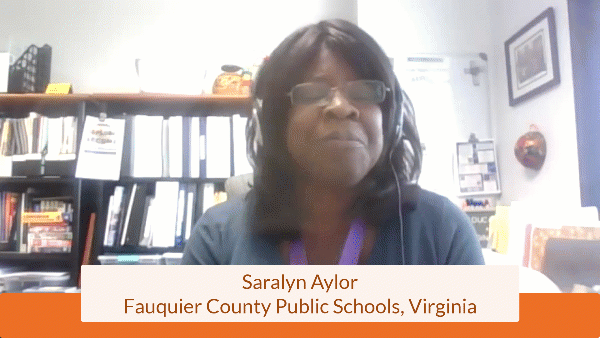Empowering Education: Overcoming CTE Instructor Shortages
Students who have access to career and technical education (CTE) and industry certifications are better prepared for life after graduation, whether their path takes them directly into the workplace or on to college. CTE programs provide students with a diverse range of skill-based learning opportunities tailored to high-demand industries, spanning from engineering to nursing to STEM to marketing. Skills gained in these courses also make students more competitive when they enter the workforce. A comprehensive set of unique courses is key to expanding your CTE programs and offering students the assistance they need to stay engaged, enrolled, and excited about their education.
However, educators have faced significant challenges in recent years, navigating through the complexities of the Covid-19 pandemic and the rapid transition towards digitization. Amidst this ever-evolving landscape, schools are encountering obstacles in identifying and recruiting teachers for Career and Technical Education (CTE) subjects. Whether due to cost constraints or inherent difficulties in the hiring process, the task has become daunting. But schools nationwide aim to continue to offer unique CTE programs to not only provide their students with the most well rounded future of opportunities possible, but also to benefit the future of the community. Here are some tactics for support through these efforts:
Filling the CTE Educator Gap

The first issue most middle and high schools are facing is the struggle to even locate a certified teacher who can fill the need they are looking for, in a timely manner. According to an article by the Daily Yonder, “in rural communities, a CTE program might only consist of one or two teachers. When that school loses a teacher, the whole program is at risk until a qualified replacement is found.” It’s times like these that tapping into the services of a partner like eDynamic Learning can help. In a recent webinar, Saralyn Aylor, a passionate educator of world languages and ESL programs, shared how instructional services supported her county, “This was the only one [service] that not only offered sign language but also offered qualified teachers, an extra qualification we were looking for, which was they had to be certified at the college level. Not only that, but it was the most cost-effective, so that helped my case when I had to go to my boss and say we need to fill this gap and I think I’ve found a way to do that.” Instructional Services offered through eDynamic Learning can connect you to highly-qualified, state-certified teachers in hard-to-find subject areas that offer virtual online teaching services.
Removing Barriers to Make CTE Accessible
The second issue that a lot of districts are facing is the ability to offer these CTE courses to all schools in the district. Saralyn Aylor also shared in our recent webinar what the process looked like for her county when they were faced with the task of filling these gaps. “We had hit some stumbling blocks with staffing and not being able to find the person and how could that one person get to all three high schools? How could we have an equitable offering that all students had access to? And so this service totally solved that issue. We did not have to look for personnel, the company [eDynamic Learning] found them for us. And since it was virtual, we could offer it to all our high school students.” The online aspect of these offerings is key to success here. Since these certified teachers are more likely to be available virtually, they can serve a variety of classrooms in a day, reaching as many students as needed. Digital curriculum provides an advantage for both in-classroom and online learning, providing teachers the resources they need to adapt to the learning environment. eDynamic Learning’s Digital Curriculum has features and built-in tools to further promote equity and access to CTE courses.
New Teachers and Instructors Coming From Industry
For new teachers coming into these CTE teaching roles, building a curriculum from scratch is extremely time-consuming. This is especially true if the area they are teaching is not one they are experts in. For instructors who are experts in their industry but new to teaching having a well-laid-out curriculum can help them translate their expertise into day-to-day lesson planning. In both scenarios providing teachers with the instructional resources they need makes the transition easier and could be the deciding factor in them signing on to the role. A teacher using eDynamic Learning Digital Curriculum, Regina Smart, Agriscience Teacher at Westlake High School and Lake Charles Boston Academy in Louisiana, said, “Having a system that is easy to work with and can adapt to the specific needs of a class is invaluable. I work with a number of students who have learning disabilities and special needs. The success rate of the students has increased significantly since this collaboration [with eDynamic Learning].”
Another instructor, Katherine Larson, English & Theater Instructor at North Dakota Center for Distance Education, said, “Because the content is sound and student-friendly to navigate, I can focus my energy on teaching students analysis, communication, and life skills.” Not only does providing these resources help attract applicants and teachers potentially expanding their role within the district, but providing robust teacher resources also helps with retention.
Hear more of Saralyn Aylor’s experience. Watch the recent webinar here.